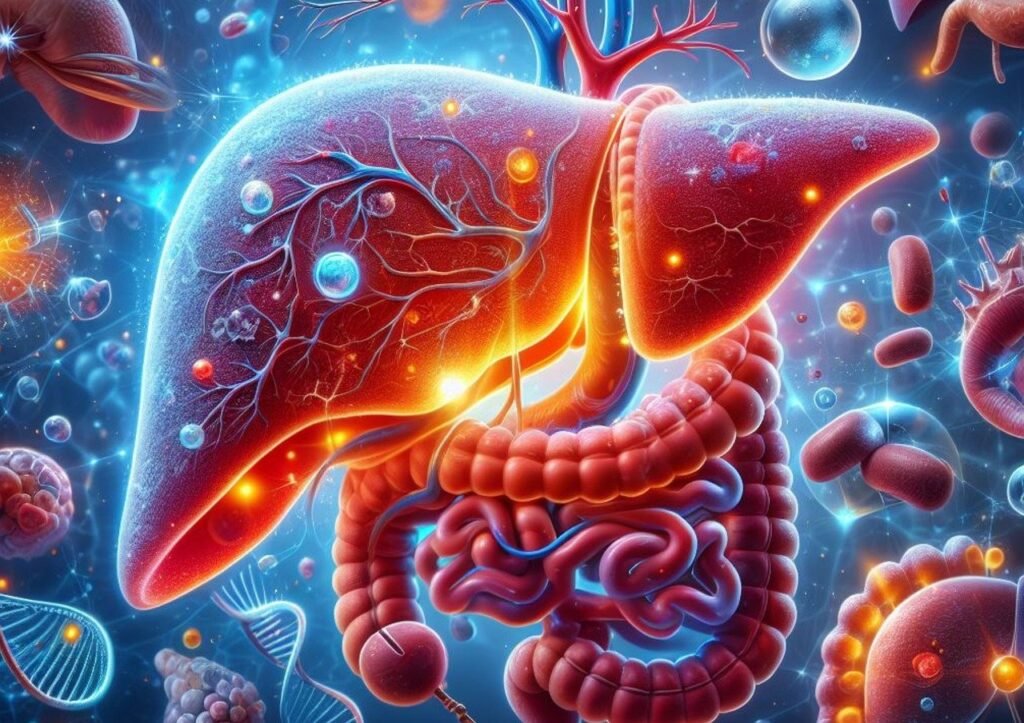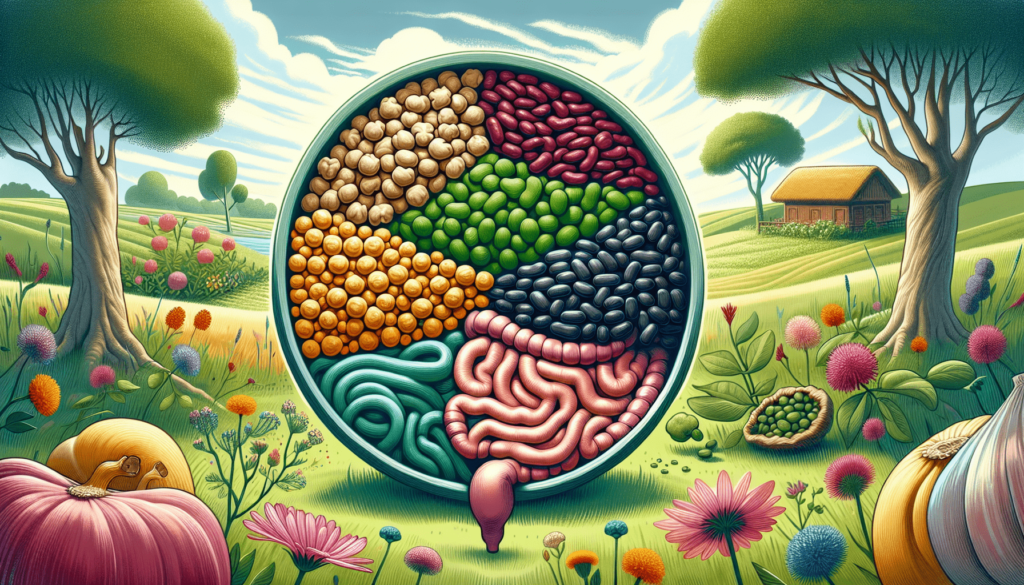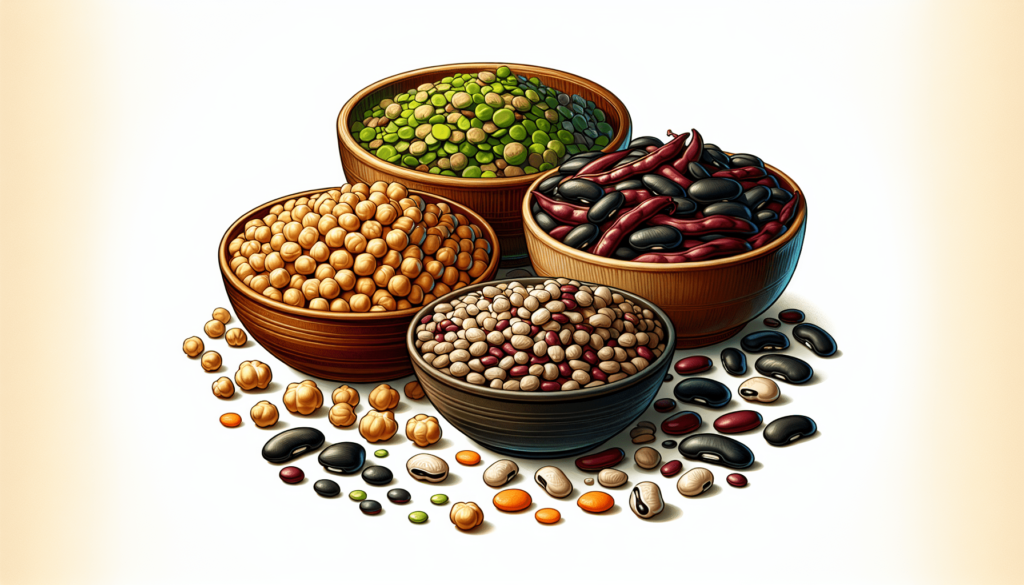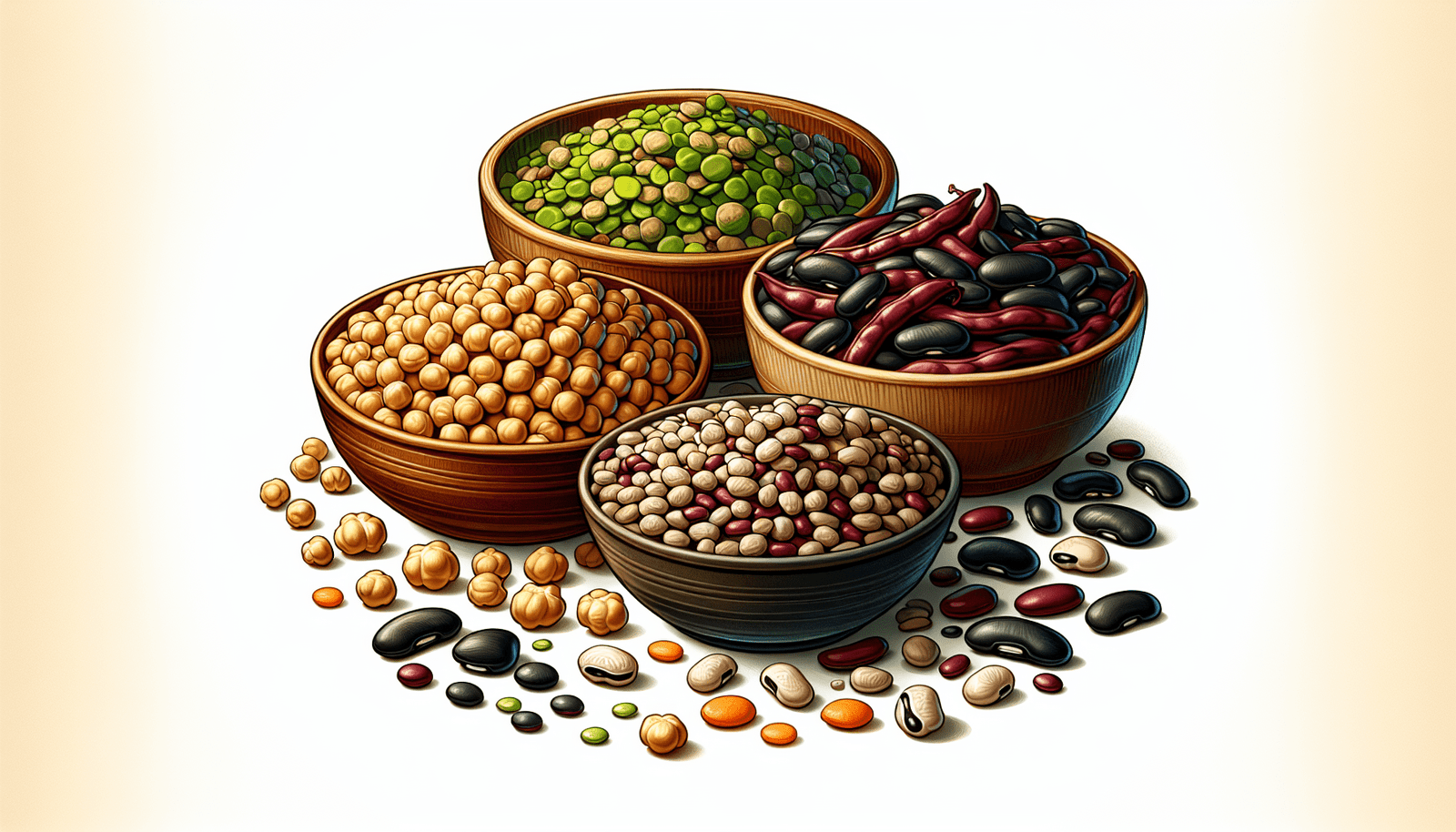In this article, we will explore the impact that legumes have on your gut transit time. Legumes, such as beans, peas, and lentils, are known for their high fiber content, which plays a crucial role in digestion and overall gut health. By understanding how legumes affect gut transit time, you can make informed choices about incorporating these nutritious foods into your diet to support smooth digestion and a healthy gut microbiome. So, let’s dive in and discover the benefits of including legumes in your meals for optimal gut health. How do legumes affect gut transit time?
Have you ever wondered how the foods you eat impact your digestion? Specifically, how do legumes influence the transit time of food through your gut? Let’s explore the relationship between legume consumption and gut transit time in this informative article.
What are legumes?
Legumes are a type of plant in the Fabaceae family that includes beans, lentils, peas, and peanuts. These nutritious foods are not only a great source of plant-based protein but also rich in fiber, vitamins, and minerals. Legumes are a staple in many diets around the world and are known for their health benefits.
Legumes – Nutritional Content
Legumes are packed with essential nutrients like protein, fiber, folate, iron, potassium, and magnesium. They are also low in fat and cholesterol-free, making them a healthy addition to any diet. The high fiber content in legumes is particularly beneficial for digestive health, as it supports regular bowel movements and promotes a healthy gut microbiome.

This image is property of pixabay.com.
Gut transit time: What is it?
Gut transit time refers to the time it takes for food to travel through your digestive system from the time you eat it to the time it is eliminated from your body. This process is influenced by various factors, including the types of foods you eat, hydration levels, physical activity, and the health of your gastrointestinal tract.
Gut Transit Time – Importance
Having the right gut transit time is crucial for optimal digestive health. If food moves too quickly through your system, your body may not absorb all the essential nutrients. Conversely, if food stays in your gut for too long, it can lead to issues like constipation, bloating, and discomfort. Maintaining a healthy gut transit time is key to overall well-being.

This image is property of pixabay.com.
The role of fiber in gut transit time
Fiber is a crucial component of a healthy diet, and it plays a significant role in regulating gut transit time. Legumes are an excellent source of both soluble and insoluble fiber, which are essential for digestive health. Soluble fiber absorbs water and forms a gel-like substance, slowing down digestion and promoting a feeling of fullness. Insoluble fiber adds bulk to stool and helps to move waste through the digestive system.
Fiber and Digestive Health
A diet rich in fiber from legumes and other whole foods can help prevent digestive issues like constipation, diarrhea, and irritable bowel syndrome (IBS). Fiber promotes the growth of beneficial bacteria in the gut, which supports a healthy microbiome and overall gut health. Including legumes in your diet can help you meet your daily fiber needs and promote regular bowel movements.

This image is property of pixabay.com.
Legumes and gut transit time
Now, let’s delve into how legumes specifically affect gut transit time. Studies have shown that legumes can have a positive impact on digestion and promote healthy gut function. Here are some ways in which legumes influence gut transit time:
#1: High Fiber Content
As mentioned earlier, legumes are rich in fiber, which can help regulate gut transit time. The fiber in legumes adds bulk to stool, making it easier to pass through the digestive system. This can help prevent constipation and promote regular bowel movements.
#2: Resistant Starch
Legumes contain resistant starch, a type of carbohydrate that resists digestion in the small intestine and ferments in the colon. Resistant starch acts as a prebiotic, feeding beneficial bacteria in the gut and promoting a healthy microbiome. This fermentation process can also help regulate gut transit time and improve overall digestive health.
#3: Protein Content
In addition to fiber, legumes are a good source of plant-based protein. Protein is essential for muscle repair, hormone production, and overall bodily function. Including legumes in your diet can help balance blood sugar levels and promote satiety, which can impact gut transit time by slowing down digestion and promoting a feeling of fullness.

How to incorporate legumes into your diet
If you’re looking to improve your gut transit time and overall digestive health, incorporating more legumes into your diet is a great place to start. Here are some tips on how to add legumes to your meals:
#1: Beans and lentils
Add beans, lentils, or chickpeas to soups, salads, stews, and curries for a nutritious boost of protein and fiber. You can also make bean-based dips like hummus or bean salads for a quick and easy meal.
#2: Peas
Include green peas or split peas in casseroles, stir-fries, and pasta dishes for a pop of color and flavor. Pea soup is another delicious way to enjoy this versatile legume.
#3: Peanuts
Snack on roasted peanuts or peanut butter for a satisfying and protein-rich treat. You can also add peanuts to stir-fries, salads, or desserts for an extra crunch.

Conclusion
In conclusion, legumes are a powerhouse of nutrition that can positively impact gut transit time and promote overall digestive health. Their high fiber content, resistant starch, and protein make them an excellent addition to any diet. By incorporating legumes into your meals regularly, you can support a healthy gut microbiome, prevent digestive issues, and ensure optimal gut transit time. So go ahead and enjoy a variety of legumes to nourish your body and support your digestive system.

